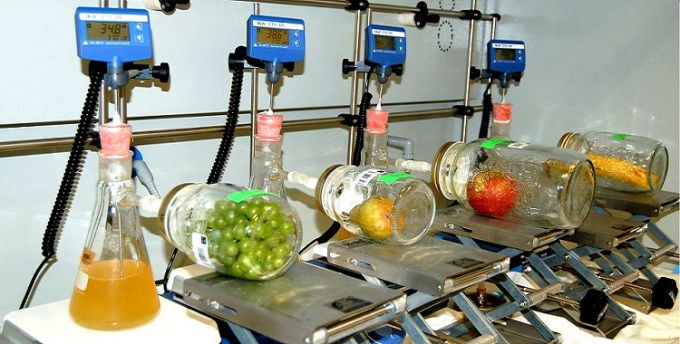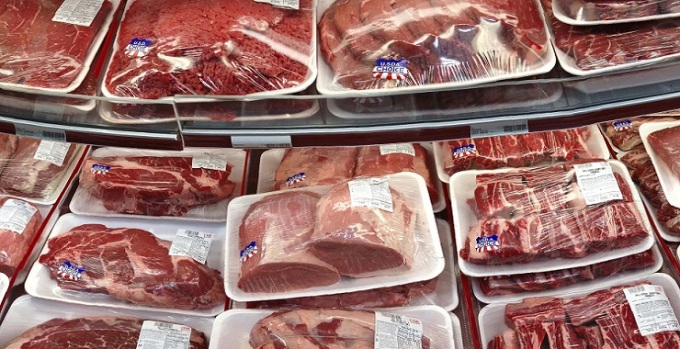Ken research announced recent publication on, "
Consumer Payments Country Snapshot: Sweden 2016".
This report examines the consumer payments market in Sweden,
considering payment cards, online payments, P2P payments, and newer
payment technologies such as mobile wallets and contactless. This report
also examines the regulations in force in the market that players must
comply with, and how these have changed in recent years. Analyses of the
major payment card types in terms of both card holding and usage are
reported. The study analysis the major competitors in card issuing and
how their positions in the market have changed over the last five years
and considers consumer attitudes towards prepaid cards, P2P tools,
mobile payment tools, and contact less cards, and how companies in
Sweden are deploying these tools to meet customer needs. It explores the
online payment market in Sweden by merchant type and payment tool, as
well as providing a five-year forecast for the development of the market
and considers the regulations affecting the payments market and how
they are likely to affect both incumbents and disruptors.

Sweden
has the potential to become the world's first cashless society. The use
of cash is declining quickly in Sweden and over half of all bank
branches no longer deal with cash-based transactions. Payment cards are
widely held and widely used in Sweden, and it has a strong alternative
payments market. Credit cards remain one of the least frequently used
card types in Sweden. Fast internet and a high smart phone penetration
rate have resulted in billion dollars online spend in 2015.
With
the awareness of contact less increasing and all new POS terminals from
the beginning of 2017 having to be NFC-enabled, the popularity of the
technology among both merchants and consumers will increase greatly over
the next few years.
Payments made by means other than cash are
made via services offered by payment service providers, traditionally
banks, and consumed by households, companies and the public sector.
Examples of such payment services include card payments, credit
transfers and direct debits. Suppliers of payment services are
commercial enterprises competing with each other on the retail payment
market. The country has witnessed broad usage of debit cards for retail
payments. Further movement away from cash continues to come slowly
through erosion of cash share of low value payments, through uptake of
products like PayPass and emerging solutions for transit payments using
smart phone applications. As Sweden has long set out to reduce cash
usage, Swedish governments have strived to make electronic payments
available, affordable and ubiquitous. Contact less payments represent a
€9.5 billion opportunity in Sweden. Top Swedish mobile operators such as
Telia, Tele2, Telenor and Three had launched WyWallet, a mobile
payments offering that provides mobile wallet services to 97% of Swedish
mobile phone users and includes support for NFC. Major structural
changes are now taking place in the Swedish payment market. Increasing
numbers of payments are being made electronically, sometimes with the
use of new technology. At the same time, cash usage is declining and it
is also becoming more difficult to deposit or obtain cash. The
widespread availability of the Internet, tablets and smart phones is
changing households’ purchasing patterns and payment requirements. The
banks, which long dominated the payment market, are now facing
competition from new players. Even if the overall development is
positive, some households, associations and companies perceive it as
negative. In this article, we first describe how the Swedish payment
market looks today and emphasise a couple of its characteristics that
are of central importance for understanding current developments.
Following this, we describe the most important parts of the structural
transformation and the challenges this entails. We discuss the
advantages and disadvantages as well as what can and should be done to
mitigate the negative effects on certain groups. We also conduct a
discussion of the responsibilities of the market and authorities. In
summary, we can observe that the development of the payment market is
positive overall and continued development should not be hindered.
However, we also note the existence of problems that must be solved or
at least eased. Tools for solving these problems exist but require
cooperation between market participants and between market and
government. Ultimately, however, it is the government that must act as a
safety net for users who would otherwise risk finding themselves
outside the payment market.
The development of the payment market
is proceeding rapidly as new, innovative ways of making payments are
launched. These are often based on mobile telephones or require an
Internet connection. We can also see increased competition for the banks
from new players making an entrance on the payment market thanks to new
technology or new processes. Users are quick to adopt new payment
services, making cash and paper-based payments decrease rapidly. This
structural transformation could give us better, cheaper and more secure
payment services in the future but it will also bring challenges for
society. Before we discuss the consequences of the structural
transformation, it would be helpful to understand the forces driving the
structural transformation and why it seems to have progressed so far in
Sweden.
New technology often needs to mature and become widely
used before it can be used to construct new payment solutions. This is
because there would otherwise only be a few potential users, which would
prevent network effects and economies of scale from being utilised. For
example, a sufficiently large proportion of households must have access
to the Internet for it to be worthwhile constructing an Internet bank,
and a mobile bank can only be profitable if enough of the bank’s
customers have smart phones. Exactly how wide the distribution of a
technology must be varies from case to case, along with the other
business considerations the payment service suppliers must make.
Companies Covered
Mastercard,
Visa, American Express, Diner's Club, Swedbank, Nordea, ICA, ICA
Banken, Svenska Handelsbank, IKANO Banken, Coop, Moneypolo, Swish, SEQR,
Danske Bank, Lansgforsakringar Bank, Sparbankerna, iZettle, PayEx,
WyWallet, 4T Sverige, Epicenter, Klarna, Bankomat, nets, Bambora,
Kungsaengen
Topics Covered in the Report
- Sweden Ecommerce payment industry
- Sweden payment industry
- Wallet payment market Sweden
- Plastic Card Money Sweden
- P2P payments Market Sweden
- Online Payment channels Sweden
- Sweden Payment industry Future Outlook
- Sweden payment sector technology
- Sweden payment Market Share
- Sweden payment Market Trends
- Sweden payment Market Growth
- Sweden payment Market future
For more coverage click on the link below:
https://www.kenresearch.com/banking-financial-services-and-insurance/financial-services/consumer-payments-country-snapshot-sweden/80163-93.html
Related links:
The Cards and Payments Industry in Cambodia: Emerging Trends and Opportunities to 2021
NLV Financial Corporation-Strategic SWOT Analysis Review
Contact:
Ken Research
Ankur Gupta, Head Marketing & Communications
query@kenresearch.com
+91-124-4230204










